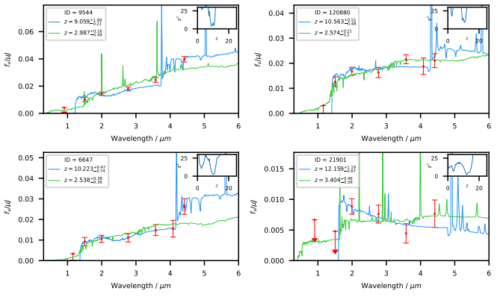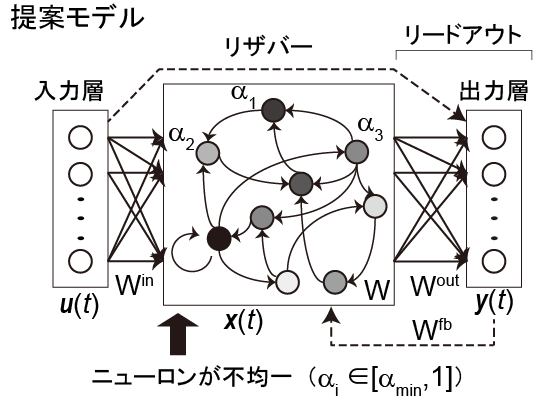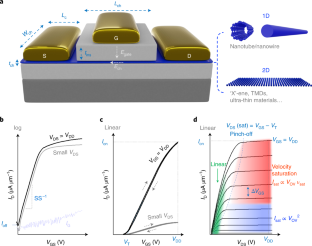新しい宇宙望遠鏡の初期データにより、エジンバラの天文学者はこれまで発見された中で最も遠い銀河の位置を特定することに成功しました。 Early data from a new space telescope has enabled Edinburgh astronomers to locate the most distant galaxy ever found
2022-07-29 エディンバラ大学
この銀河はCEERS-93316と呼ばれ、138億年前に宇宙で最初の星と銀河が形成されたビッグバンからわずか2億3500万年後に存在したことが示唆されました。
<関連情報>
- https://www.ed.ac.uk/news/2022/edinburgh-astronomers-find-most-distant-galaxy
- https://arxiv.org/pdf/2207.12356.pdf
赤方偏移 z ‘ 8 – 15 における銀河の紫外線光度関数の進化JWST と地上からの近赤外線撮像による The evolution of the galaxy UV luminosity function at redshifts z ‘ 8 – 15 from deep JWST and ground-based near-infrared imaging
C. T. Donnan, D. J. McLeod , J. S. Dunlop , R. J. McLure , A. C. Carnall , R. Begley , F. Cullen M. L. Hamadouche , R. A. A. Bowler , H. J. McCracken , B. Milvang-Jensen , A. Moneti & T. Targett
arXiv Preprint 26 July 2022

ABSTRACT
We re-reduce and analyse the available James Webb Space Telescope (JWST) ERO and ERS NIRCam imaging (SMACS0723, GLASS, CEERS) in combination with the latest deep ground-based near-infrared imaging in the COSMOS field (provided by UltraVISTA DR5) to produce a new measurement of the evolving galaxy UV luminosity function (LF) over the redshift range = 8 − 15. This yields a new estimate of the evolution of UV luminosity density (UV), and hence cosmic star-formation rate density (SFR) out to within < 300 Myr of the Big Bang. Our results confirm that the high-redshift LF is best described by a double power-law (rather than a Schechter) function, and that the LF and the resulting derived UV (and thus SFR), continues to decline gradually and steadily over this redshift range (as anticipated from previous studies which analysed the pre-existing data in a consistent manner). We provide details of the 55 high-redshift galaxy candidates, 44 of which are new, that have enabled this new analysis. Our sample contains 6 galaxies at ≥ 12, one of which appears to set a new redshift record as an apparently robust galaxy candidate at ‘ 16.7, the properties of which we therefore consider in detail. The advances presented here emphasize the importance of achieving high dynamic range in studies of early galaxy evolution, and re-affirm the enormous potential of forthcoming larger JWST programmes to transform our understanding of the young Universe.



